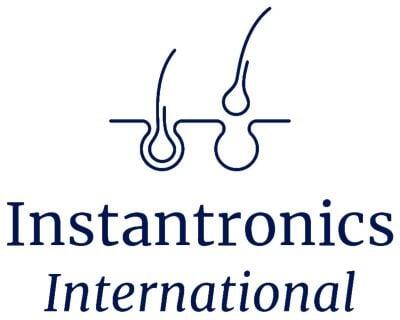Sodium Hydroxide Makes Galvanic Electrolysis Work
Galvanic electrolysis is a form of electrolysis accomplished via direct current that is passed through the body. It is the oldest form of electrolysis, originally developed back in the late 1800s to treat ingrown eyebrow hairs resulting from battlefield surgeries. By inserting a metal filament into a hair follicle and sending direct current (DC) through the wire, hair growth in that follicle was destroyed.
This method of electrolysis is accomplished via a chemical reaction. Water (H2O) combined with salt (sodium chloride, NaCl) in the presence of electrons formed by the flow of the DC current results in the formation of hydrogen gas (H2), chlorine gas (Cl2) and sodium hydroxide (NaOH), commonly referred to as lye or caustic soda. This lye (NaOH) is a strong corrosive base that dissolves most living tissue. The chemical formula is written like this:
H2O + NaCL = H2 + CL2 + NaOH
During electrolysis, the lye (NaOH) that has been created dissolves the chemical bonds normally present in the hair follicle's proteins and disables the ability of stem cells to grow new hairs. This method of decomposition is called saponification.
If you have any questions feel free to reach out to us, you can find us on our website at instantronics.com, social media @instantronics, or feel free to give us a call we love talking to you 919-908-0222.





